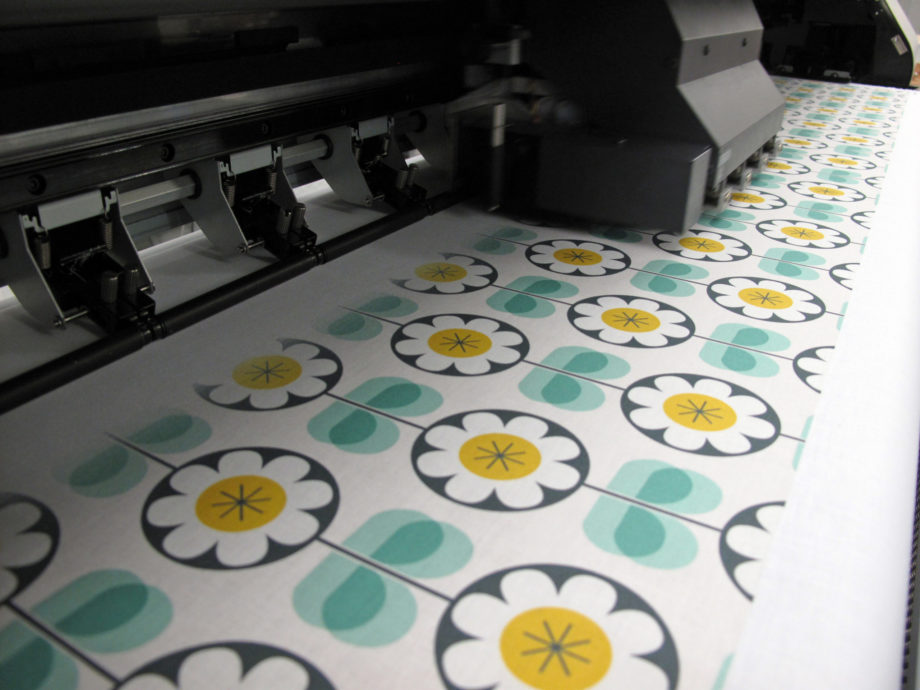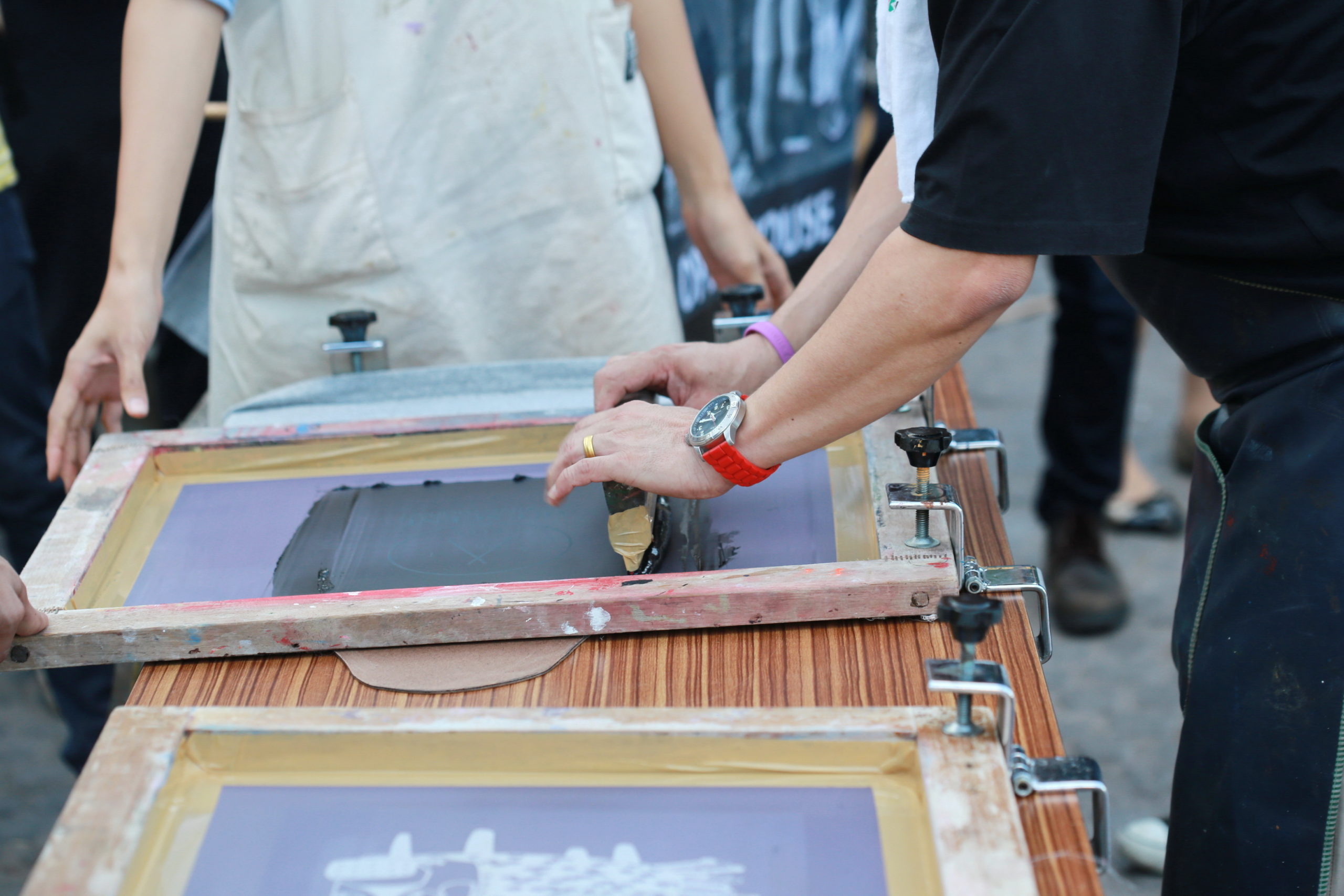
Fabric printing has come a long way since the days of hand-painting and stencilling. Today, there are a variety of fabric printing methods available to produce high-quality, durable and custom fabric designs. In this blog post, we will guide you through the most popular fabric printing methods – Screen Printing, Block Printing, Pigment Printing, Reactive Printing and Dye Sublimation – and help you choose the right method for your project.
Block Printing
Block printing is an ancient technique that involves carving a design into a block of wood or other materials, such as linoleum or rubber, which is then used to print onto fabric. This method is ideal for creating intricate designs, patterns, and textures on fabric. Block printing is a time-consuming process, but it produces unique, handmade prints that are rich in texture and detail.

Pigment Printing
Pigment printing is a digital printing process that uses water-based pigment inks to print designs onto fabric. This method is ideal for small runs of highly detailed designs or designs with a large number of colours. Pigment printing is eco-friendly and produces soft, breathable prints that are resistant to fading and washing.
Reactive Printing
This process uses reactive dyes to print designs onto fabric. This method is ideal for printing on natural fibres, such as cotton and silk, and produces vibrant, colour-fast prints. Reactive printing is a complex process that involves chemical reactions between the dyes and the fabric, but it produces high-quality, long-lasting prints that are soft and breathable. This method uses large amounts of water and is not as eco-friendly as pigment printing.
Screen Printing
This is a popular and versatile method of printing that uses a stencil and a mesh screen to transfer ink onto fabric. This technique is ideal for large designs, as well as designs with multiple colours. In screen printing, the ink is pushed through the mesh screen using a squeegee, which forces the ink onto the fabric. This method produces high-quality, long-lasting prints that are vibrant and crisp.

Dye Sublimation
Dye sublimation is a digital printing process that uses heat to transfer dye onto fabric. This method is ideal for printing large designs or designs with a large number of colours, as well as photographic prints. Dye sublimation produces vibrant, colour-fast prints that are durable and resistant to fading and washing. This method is good for printing onto a wide variety of polyesters, from silky materials, to velvets and stretch fabrics.
Choosing the Right Fabric Printing Method
When choosing a fabric printing method, consider the design, the fabric, and the quantity of prints you need. Screen printing is ideal for large designs and designs with multiple colours, while block printing is ideal for intricate designs and handmade prints. Pigment printing is best for small runs of highly detailed designs, reactive printing for natural fibres, and dye sublimation for hardwearing and long lasting fabrics.
Conclusion
Fabric printing has never been easier or more versatile than it is today, with a wide range of printing methods available to produce high-quality, durable and custom fabric designs. Consider the design, fabric, and quantity of prints needed to determine which method is right for your project. Whether you choose screen printing, block printing, pigment printing, reactive printing, or dye sublimation, you're sure to produce a high-quality and unique fabric print that will stand out from the rest. At Woven Monkey we use pigment ink and dye sublimation so we can offer a wide variety of materials using the most eco-friendly methods.
Want to hear more about our great fabrics? Check out our fabric guide page. Want to chat to one of our experts? Let’s chat.






